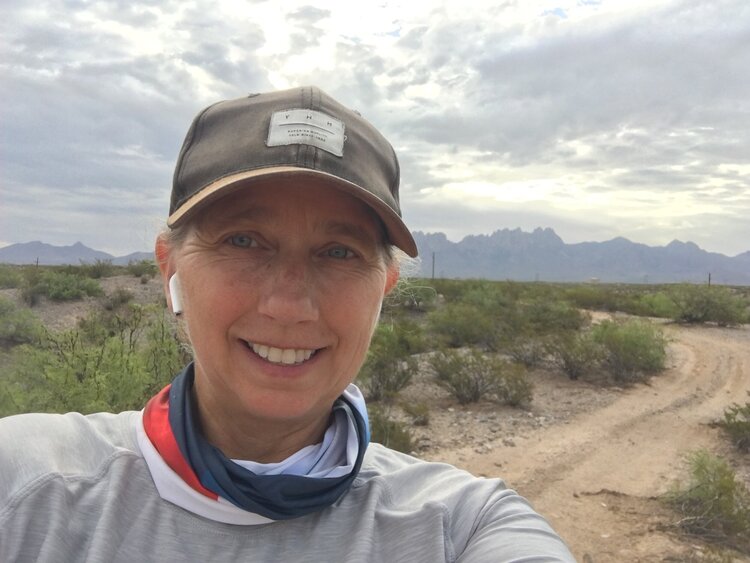Orla - a dynamic woman with a lot of knowledge, experiences, and insight to share.
Student evaluation response
To have a lecture in the morning turns out to be a treat because we don’t have to be ready until 8:00 as opposed to 6:30 for field work. This day begins with a bird lecture. Though the presenter is animated and passionate, the lecture style is not how I teach nor is it anything our students are accustomed to. The content is incredible and full of amazing and fascinating information but it is difficult for the students to process and remember it all, especially the language learners from the other school.
If it were me, I’d make sure each student had a laminated copy of every bird they were likely to encounter in the field. Then, I’d play the bird calls and have them identify the bird fitting the song by holding up the laminated copy of the correct bird. Likewise, they could practice the names of the birds in a similar manner. Furthermore, the copies could be compiled with a ring and carried into the field. All of the other educators share similar views and we discuss it out of ear shot of the students. Later, we include details in our evaluation. I wonder if I could get a job in the summers providing curriculum development for such programs.
I question whether my students realize why we care about birds. Did they glean from the lecture that birds are indicator species and a diverse ranges of species indicates a healthy ecosystem? They are well-studied, abundant, and apparent. If there is a disturbance the birds will respond in a linear fashion and are closely related to other species in the ecosystem. Finally, they are easy to census due to their color, vocals, and popularity. Do my students realize how important the upcoming bird counts are? As with the other teachers, we all think this could be emphasized more for our students.
Searching for those birds
Well, even though the students struggled to be quiet for the lecture, they managed and then, as we went into the field, they were diligent in searching and seeking to identify birds. Another point I would say to anyone embarking on such an adventure, you must have a set of binoculars. Any student who didn’t have binoculars definitely missed out on both smaller species as well as the big game.
Daniella teaching the group what skills they will need for the game transect data collection.
Following a delicious lunch of potato wedges and vegies, we were assigned our first real data collection outing: a game transect. Our guide, Daniella, prepped the students on their tasks. The recorder would need to write down each species identified as well as adult/juvenile and male/female numbers. Another person would be responsible for the GPS device to announce the coordinates of the location of any given species. Finally, a student was responsible for the compass to identify in which direction and how far from the truck each species was identified. The plan was to drive a specified route at a specified speed and identify every species observed.
A small amount of pride swells within me as I realize my students will have no difficulty with this task as they are very accustomed to lab/field work, utlilzing measuring devices, and conducting proper recording of observed data.
The students jostle silently in the back of the truck with their eyes peeled toward the bush, straining to see any creatures that might be hiding. If one spots an animal they exclaim as quietly as possible so that the student at the helm will tap on the roof of the cab to signal the guide to stop the truck so the count can be conducted and recorded. Daniella is impressed with their ability to spot game and they high five each other quietly with broad smiles, even more determined to identify everything possible. We continue on, in total over two hours.
The Black Rhino
We are incredibly fortunate as we come across a black rhino, 4 bull elephants, 3 white rhinos, giraffe, and a whole host of other species. Daniella is absolutely thrilled with the black rhino sighting, so much so, that she calls in their other guides so that they and all the university students can observe this amazing and critically endangered animal.
Student evaluation response.
Who could have known that data collection could be so exciting?
